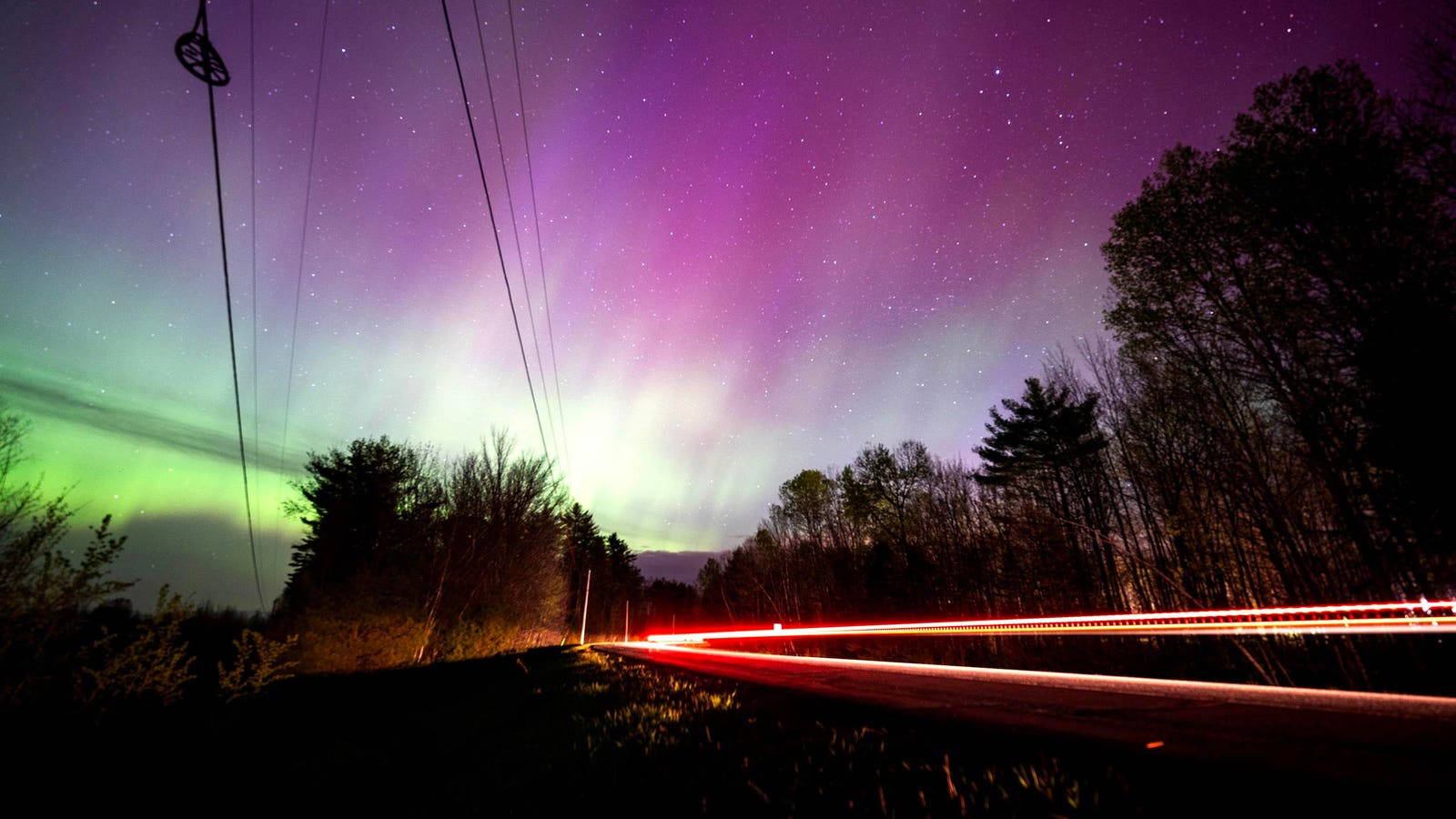According to the National Oceanic and Atmospheric Administration (NOAA), the northern lights may light up the night sky once again this Sunday, particularly in northern states. The aurora borealis is anticipated to be observable tonight in several regions of the continental United States, specifically including parts of Minnesota, North Dakota, and Montana.
Key details indicate that while no geomagnetic storms or solar winds are forecasted to affect Earth this evening, NOAA anticipates a maximum Kp index of three out of nine, suggesting that the northern lights could still be visible. Eight states along the Canadian border, notably Montana, North Dakota, and Minnesota, as well as much of Canada and Alaska, may witness the phenomenon. There is also a minor chance for slight solar radiation and radio blackouts, although forecasters noted that there were no blackouts recorded in the past 24 hours.
The optimal viewing window for the northern lights is between 10 p.m. and 2 a.m., per NOAA’s guidance. For the best experience, viewers are advised to retreat from light pollution. The aurora borealis becomes increasingly visible as one approaches the North Pole; however, during June, efforts to observe the lights in northern regions may be hampered by longer daylight hours surrounding the summer solstice.
States where the northern lights are likely to be visible include most of Alaska and North Dakota, alongside northern regions of Washington, Idaho, Montana, Minnesota, Wisconsin, and Michigan.
For photography enthusiasts, a National Geographic expert suggests using a wide-angle lens and a tripod to capture the expansive night sky effectively. While modern smartphone cameras have the capability to photograph the northern lights, utilizing a tripod is recommended to ensure stability and clarity during exposure.
In a historical context, it’s worth noting that in May 2024, a significant space weather event, known as the Gannon Storm, resulted from coronal ejections from a large sunspot cluster on the Sun. This storm induced severe geomagnetic conditions, allowing the aurora borealis to be seen as far south as Florida.

